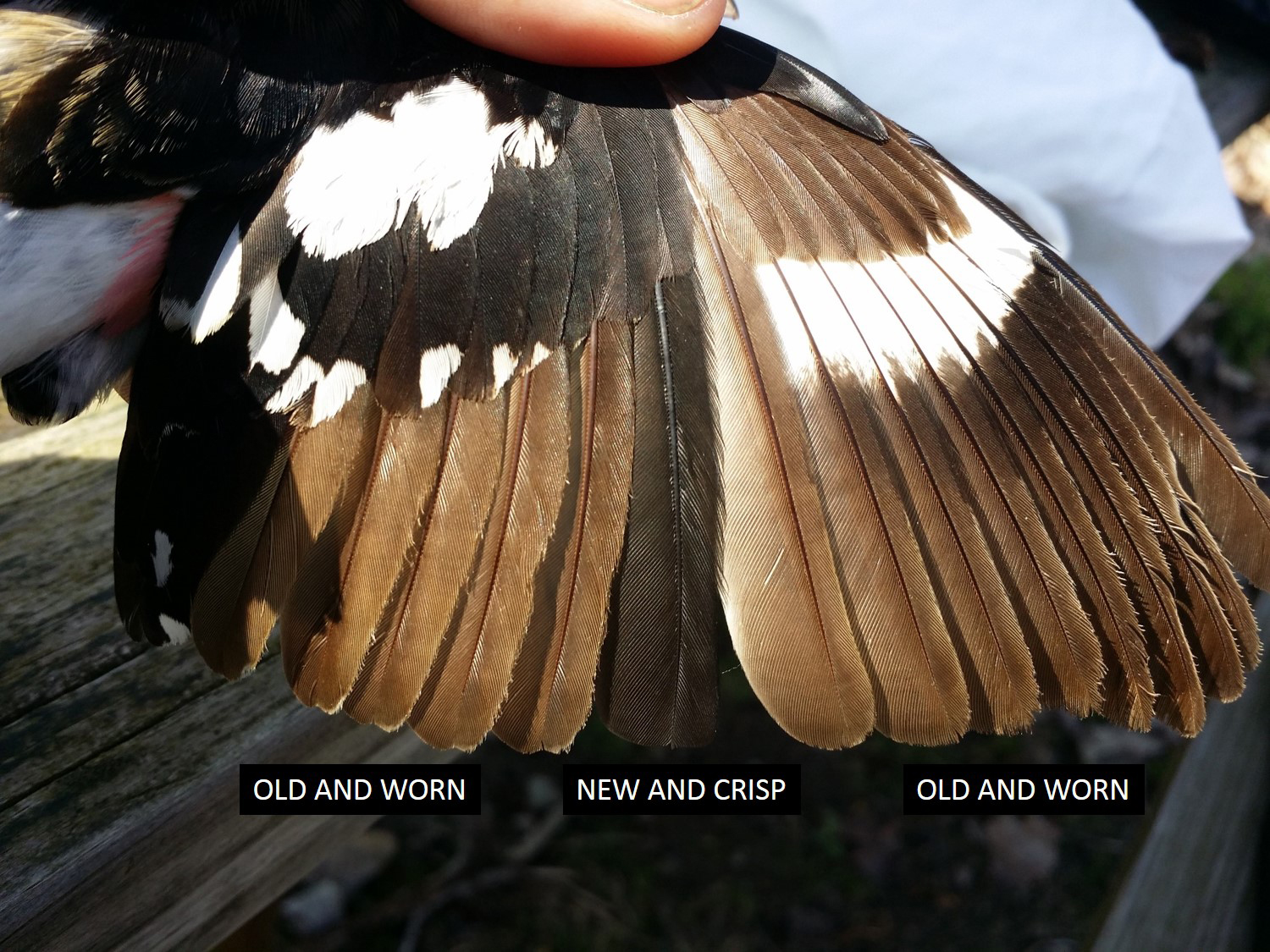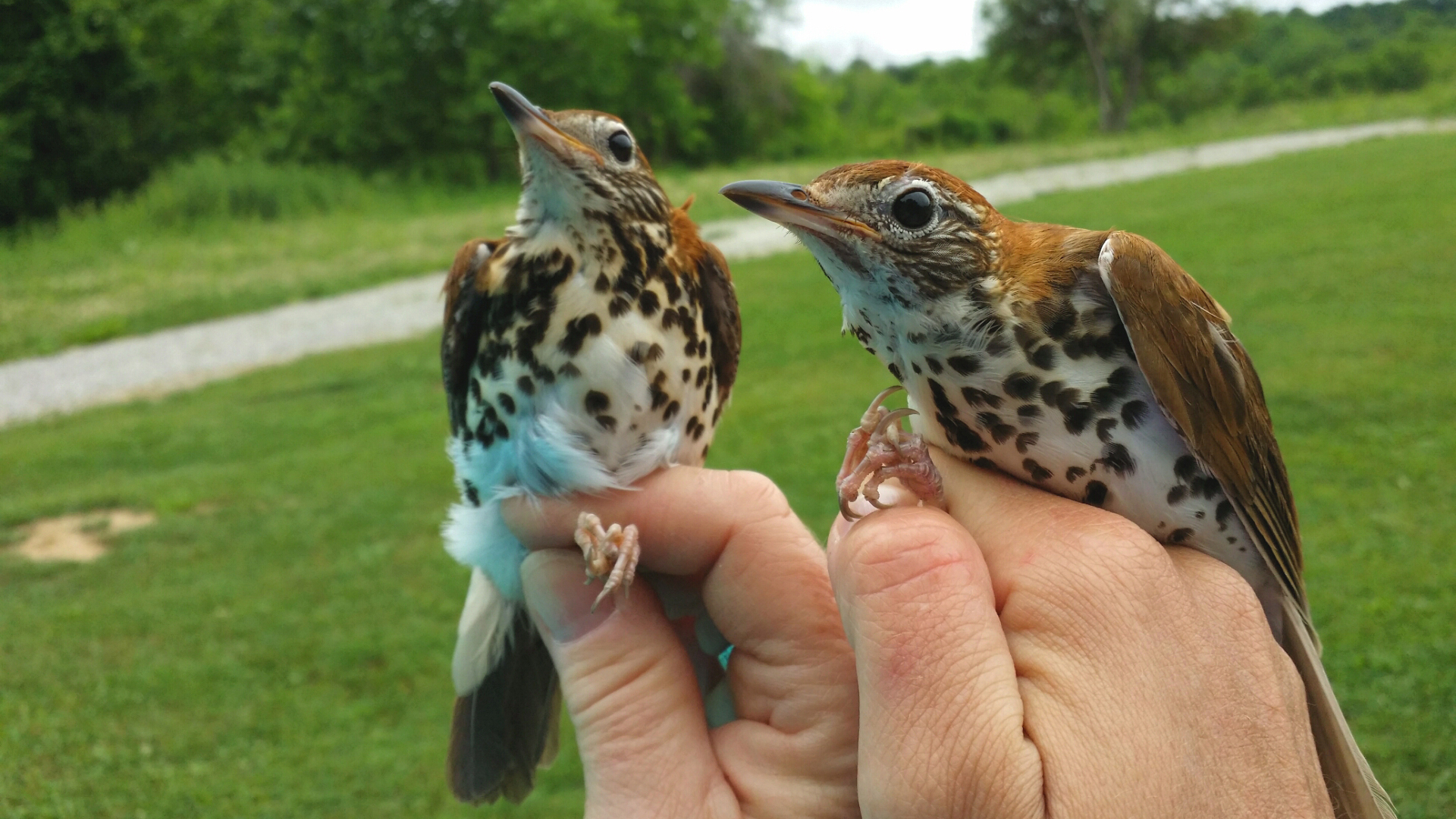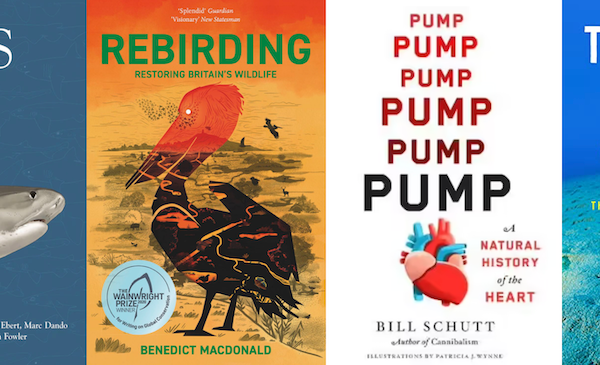Perhaps you’re familiar with having a “bad hair day.” For birds, “bad feather days” – what we call molting – are a part of life. And those days are not easy. In fact, it can make birds downright grumpy. Seriously.
Feathers are a bird’s defining feature. They impart the ability to fly, provide weatherproof warmth and give birds their dashing good looks.
But feathers wear out quickly and in order to maintain peak performance, birds molt (replace old feathers with new feathers) at least once a year.

Observations of pet bird owners as well as those of scientists tell us that molting is not an easy time for birds.
While wearing a motley array of old, yet-to-grow and new feathers that reduces flight performance and the ability to stay warm and dry, a bird must nonetheless find a high-quality food supply to fuel feather growth.
To add insult to injury, molting can also make a bird look quite homely.
I learned something about how it feels to be a molting bird from the book Arnie the Darling Starling by Margarete Corbo. It’s a memoir of the author’s time with a starling that she raised from a nestling after she found it in her garden and was unable to return it to its nest.
The starling had free range of Corbo’s house and learned a wide vocal repertoire of words and songs. But when it came time for Arnie’s “preformative molt” (the transition from juvenile to adult plumage), his personality changed completely.
For one, he stopped talking.
It reminded the author of “a brilliant orator suddenly reduced by a catastrophic accident to the gibberish of infancy.”
Arnie also lost his “sweet disposition,” becoming irritable and aggressive. Corbo writes, “To those of us who knew him, it was as drastic a change as Dr. Jekyll and Mr. Hyde.”
Corbo concluded that the “molt is a time of misery.”
But eventually the starling re-found his voice, regained his exuberant personality and entered his second year of life with a beautiful new set of adult feathers.

Starlings complete their molt in about three months. Depending on the species, a complete molt can take as little as a month or last up to 6 months or even longer.
Personality changes during molt are written about frequently on pet bird and backyard chicken internet forums because it comes as a shock to owners. Without prior knowledge, many owners’ first thought is that their birds are sick.
Bird owners know that the “mood” or “personality” of their bird — whether it be a chicken, parrot or darling starling — can change dramatically during molt. The birds often retreat to quiet spaces, reduce their activity and just want to be left alone.
Personal relationships between people and birds is a helpful window into this phenomenon.
Science is not well-equipped to measure a bird’s (or anyone’s) discomfort levels. Even with the benefit of language we have trouble conveying to others what our own particular feelings of pain or discomfort are like. The best a doctor can do is to ask you to “rate your pain level from one to ten.”
Although it may be impossible to discern personality changes in wild birds during molt, it is something to consider: Do all the wild birds around us go through what Arnie the starling went though? Are they miserable during molt? And how does this misery affect their behavior?
The time between nesting and migrating is typically when birds molt and this period largely falls through the scientific cracks. Many bird studies happen during the nesting season when individuals are attached to their nesting territory. They sing and display conspicuously and are thus easy to find and re-find (and study!).
Likewise, there are numerous studies of migrating birds. Although any one bird may not be seen again after it passes through a location, the opportunity to observe many birds of many species during migration allows for investigation of broad patterns.
But inconveniently for scientists, songbirds at molting time are difficult to find. During molt, birds wander away from their defended nesting territory and stop singing. They may become as discreet as the pet birds we’ve heard about, with much reduced activity levels.

A study of wood thrush in Virginia led by Jorge Vega Rivera discovered just how discreet birds can be during molt. Rivera’s team overcame the challenges of observing quiet wandering birds by tracking them with radio tags which revealed the birds’ locations.
But even with enhanced tracking ability, the researchers noted that during the molting stage, wood thrush were “very difficult to observe and almost impossible to catch.”
The birds spent most of their molting time on the ground in dense patches of vegetation and made very restricted movements.
In one observation they saw a female thrush attempting to fly, but “she fell to the ground, and disappeared, hopping and flapping her wings.
Elizabeth Gow, who led another tracking study of molting wood thrush in Pennsylvannia, shared similar observations with me.
Many wood thrush in her study became flightless during molt, particularly those that had nests toward the end of the nesting season. In order to molt and begin migration on time these birds had to drop multiple wing feathers at once.
One molting wood thrush that Gow radio tracked stayed in the same shrub for over a week. As Gow pointed out, “it is amazing to think that she could find enough food in one little spot to sustain the energetic demands of molting.”

Is molt a time of misery for wild birds? We can’t be sure, but it is certainly a time of compromised abilities.
The wood thrush seem to compensate for these compromised abilities by becoming much more secretive. It isn’t easy to study hiding animal, so it’s no wonder that there aren’t more studies of bird behavior during this period.
Nonetheless, molt is a crucial time for birds. Additional research could help reveal unique requirements that birds might have for successfully moving through this stage of life.
For example, other studies of wood thrush and a few other species have shown that molting birds tend to occupy denser, younger forest compared with their nesting season habitat. This is perhaps a strategy to help them stay hidden during their compromised state.
Molt is a critical stage of a bird’s life. The peculiar behavior of Arnie the starling and wild wood thrushes may ultimately translate to enhanced survival as they cope with compromised abilities.
Although estimates of survival rate of birds during molt are scarce, it’s clear from Rivera’s observations that wood thrush during molt would have a difficult time evading predators. A bird’s strongest defense may be choosing a safe habitat.
The fact that birds may be using distinct habitats during molt highlight the conservation value of studying molting birds.
We are aware of the need to protect and manage nesting habitat, stopover habitat, and wintering habitat for migratory birds, but we may also need to give attention to “molting habitat” to maintain bird populations.




4 month parakeet. Hand fed and loving for some unknown reason started biting whenever we get near. Actually stretches his neck to bite me, whereas he use to sit on my shoulder. Could this be because of molting? I’m so disappointed. Will this just pass?
,
Very interesting article. Rising awareness of what birds experience and need when molting will hopefully translate to more and better habitats for our feathered friends. My chickens always were very stressed and sensitive when molting.
Aloha
well I rescued a baby common Mynah bird.. she’s molting first sure & was wondering if behaviors changed bc Kobe , my birds name, certainly changed ! When I found he or she ,cause I don’t know what sex it is yet so I’m assuming it’s a female based on some of her behaviors but I could be wrong, she was A baby chick… She fell out of her nest I looked for her parents couldn’t find them and if I didn’t rescue her she would’ve been eaten for sure. I didn’t even think she was gonna make it the first night but she did. She stayed in my guestroom until she could fly. I fed her a baby bird smoothie which consisted of bananas a little bit of formula some water and papaya .. I fed her with an eyedropper until she was able to eat solid foods. When she started to fly I moved her outside and I was her mama. She stayed in the garage for a few months and then left the garage. I still feed her 3 to 4 times a day she comes to me but very moody and kind of tweaked out… So I respect love her she’s my baby bird I just wanted to make sure she wasn’t sick or something so now I feel better after reading this article…
I have a molting Quaker he is 6 months old and is in a very hard molt I don’t know what to do
I think he should not be molting but he is could it be caused by his flight feathers being cut when he was too young? I need help I live my bird very much
I don’t think they are molting
I think they are arguing. She
Flaps her wings and fly…away
from him like they are arguing
back and forth…..I can tell she
Wears the feathers in this
argument and she is very
Vocal…
Ok now, never tweeted much so I hope this question fits here. I have at least 20+ Steller’s in my backyard. For about 2 months Only one is still molting mostly chest/back area, out of at least 5 offspring of the others. It’s neck is kinda bare but the neck/back is terrible with the “baby feathers”. I feed them unsalted peanuts, black oiled sunflower seeds and suet and wild birdseed and fresh water at least twice daily. Is the feather situation normal. He acts ok, too.
My parakeet could not fly during a hard molt and retreated to a perch. His “brother” parakeet just sat with him babysitting. I thought he was sick and dying. He never stopped preening, however. After a week or so, he regained his strength, started eating again and seemed back to his old self!
My male adult Cockatiel has been molting for about a month. I have noticed the personality changes seem to come during molting. He had gotten to the point of not even coming down from his perch to eat or drink, so I began looking for ways to bring the food to him. I make sure that there is plenty of millet throughout his cage so that if I am not here, he will have food. I also put a water container near his perch.
At first I believed that he was ill and took him to the vet This stressed him terribly.
Since I read this article, I feel that this is what is going on with him as he seems to have a lot of the personality traits described in this article.
Thanks for this information. I found it to be very helpful.
Interesting reading.
My Cockatiel acts totally different during molting. I couldn’t figure out what was going on with him until I started noting that his behavior changes always seemed to come when molting time came. Sometimes he doesn’t even want to leave his perch to eat or drink.
I even took him to the vet who said he believed he had respiratory problems & gave him a shot of antibiotics. The trip to the vet stressed him terrible.
Thanks for the information on this. It has been very helpful.
My parakeet is going threw a a severe molt. Pin feathers all over face and back and chin and she is miserable. She barely moves around. Poor girl looks so scruffy. She goes threw this at least three times a year.
So helpful! Thank you.